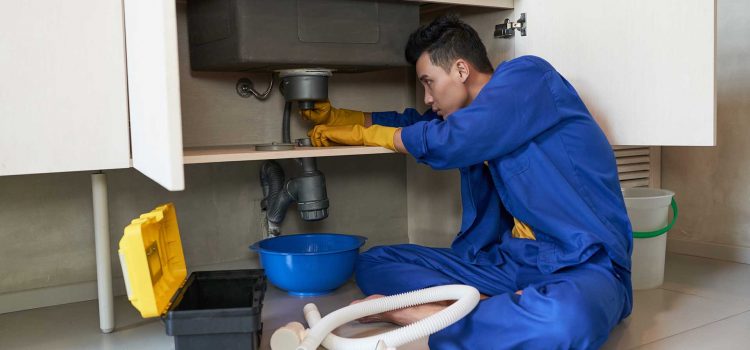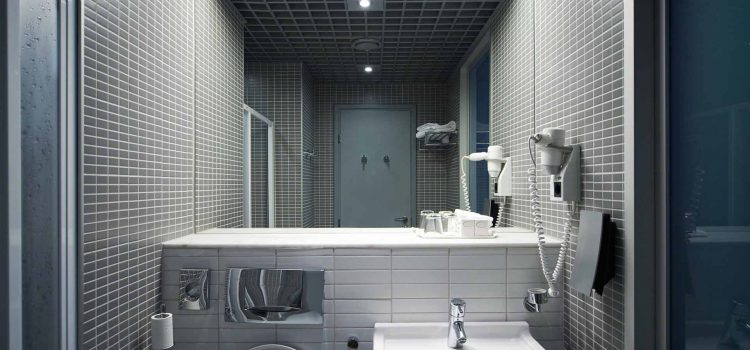
If you’ve never been to escape rooms before, you may wonder what they’re all about and what to expect when you walk into one. Better yet, you may have already heard that they involve a variety of puzzles that you have to solve so you can find your way out of the room.
Although ‘puzzle’ is a broad term, if you have never entered an escape room before, you might want to know which specific types of puzzles are in there. Well, escape rooms are a fun way to pass time, and being aware of what kind of puzzles you can find in them can help to enjoy the experience better.
While there are different escape rooms with different kinds of puzzles in them, these are some types of puzzles you can expect to come across while playing.
1. Hidden Objects
Usually, most escape rooms contain hidden objects! In fact, escape room designers of escape rooms are experts at hiding objects in the room in creative ways. So, the first thing to look out for when you enter an escape room is to search for any hidden object. Search the corners of the room thoroughly and look out for secret compartments in the wall or underneath the table.
2. Math and Equations
Although they are relatively less common, some escape rooms use simple math in their puzzles. You might find some number of patterns, equations, or series somewhere in the room. Performing some simple addition or subtraction can reveal the clue to secure your exit.
3. Jigsaw Puzzles
Escape rooms also use jigsaw puzzles in many forms. You may be required to assemble some pieces of a letter or image that is important to the game.
4. Riddles
Riddles are another kind of puzzles in most escape rooms. They might be in the form of written riddles which can be clues for a lock or a verbal riddle given by a Game Master.
5. Ciphers
Sometimes, escape room puzzle designers use ciphers to hide clues in plain sight. These can be Morse code, scrambled or laterally inverted texts, or any kind of ciphers. Most times, you will find a clue or tool in the room to help you decrypt the cipher, so be on guard!
6. Lighting and Sound
Pay attention to any object in escape rooms if you notice that the light seems to be shining on it. Recently, many escape room designers also use lasers to hide hints to complete a puzzle.
The sounds you hear also matter. Sometimes, they may be song lyrics with hidden messages, or contain melody tune that you will have to repeat on a mini piano in the corner of the room. So, be very attentive!




















